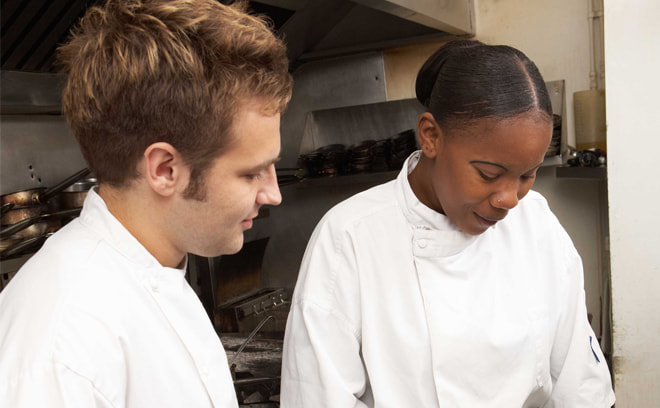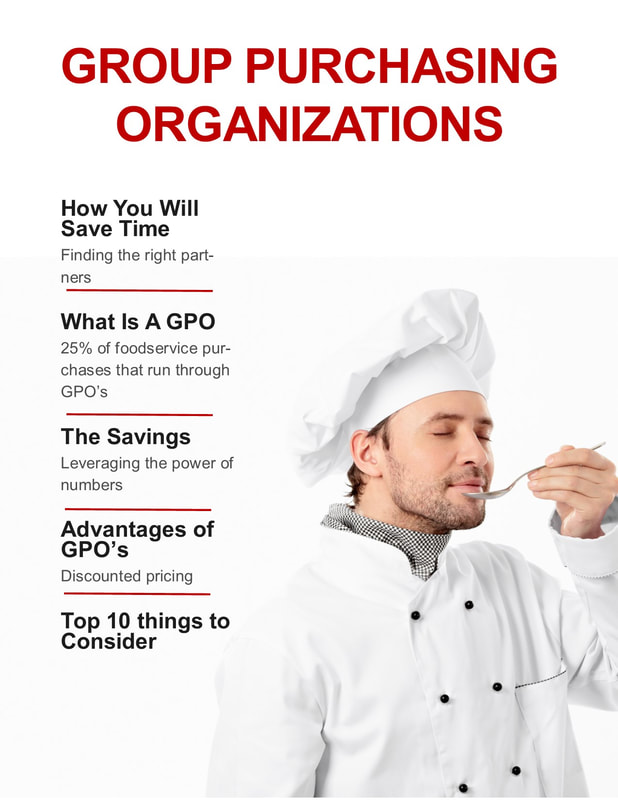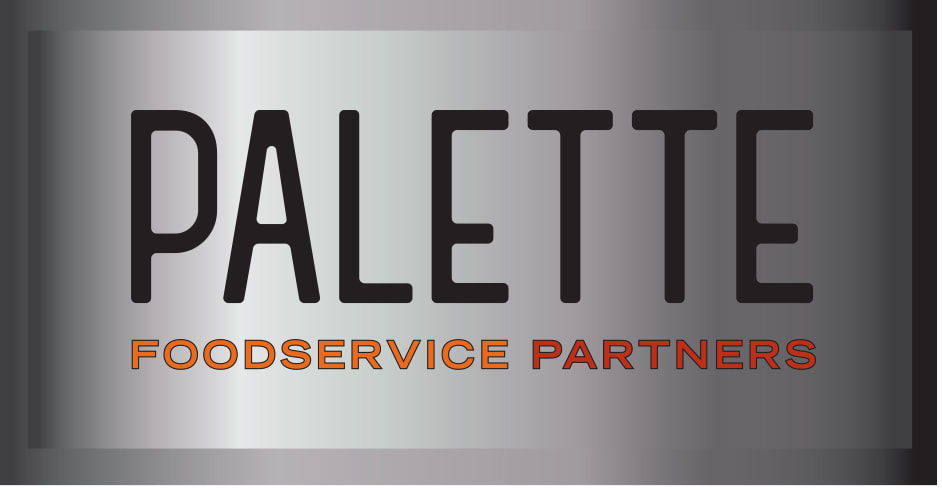|
Throughout the past year, takeout and delivery have occupied a larger part of many consumers’ lives than they did before. Even as we emerge from the pandemic and people return to restaurant dining rooms, expect your customers’ off-premise food habits to persist. According to the National Restaurant Association’s 2021 State of the Industry Report, 68 percent of consumers say they are more likely to purchase takeout from a restaurant than before and 53 percent say takeout and delivery have become essential to the way they live. How authentically do your restaurant’s values translate to an off-premise experience? If your business prides itself on treating customers like family and remembering their favorite dishes, are you including a personal note in their to-go bag and using tech to track their orders and feed that data into your loyalty program? If your brand is focused on protecting the environment, are you providing recyclable, compostable or reusable packaging? As restaurants have transitioned to greater tech adoption in the past year, some operators may feel they are losing the personal touch – or the more experiential brand elements that once helped consumers connect with them. But that doesn’t have to be true. While you may be losing face-to-face connections with your customers, you can lean on supporting elements of your brand – like your business background story, staff personalities, service mindset, behind-the-scenes anecdotes, food selection and packaging – and rethink how you communicate them. If a delivery driver dropped off a bag of food from your restaurant to someone who had never visited your restaurant before, what would the person’s impressions of your business be?
Storytelling is “the new strategic imperative of business,” according to a report in Forbes. A brand with a strong narrative is a powerful brand – and science backs up the power that stories can bring to a business. Studies have found that by telling stories, the brains of the storyteller and listener synchronize, creating a shared experience. The brand consultancy Buffer suggests three ways you can use storytelling to help your business as it relates to employees, vendors and customers: First, instead of offering suggestions to get people on board with your ideas, tell a story that has the outcome you’re hoping the suggestion would have achieved. Use persuasive language – bringing in quotes or stories from outside experts as needed – and simple, heartfelt words to get your message across. Then apply those actions to a challenge you’re facing using the communication vehicles you have at your disposal. Need to get your team to improve its waste management or food safety practices? Weave real-life stories into their training sessions. Want to make sure your guests know about your efforts to buy from local suppliers and support the community? Integrate language into your menu that describes the origins of your ingredients and make sure your marketing materials and social media communications tell stories about your local connections.
|
Subscribe to our newsletterArchives
April 2024
Categories
All
|






 RSS Feed
RSS Feed